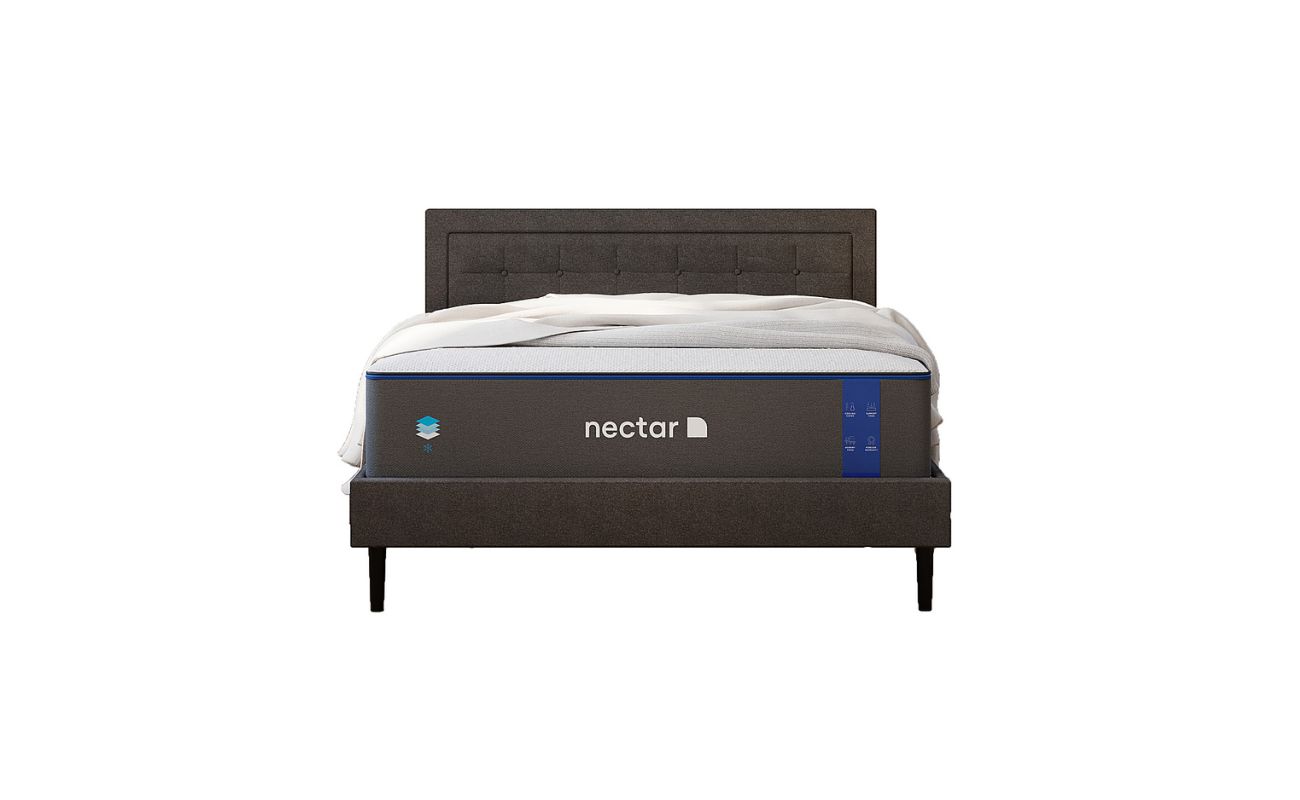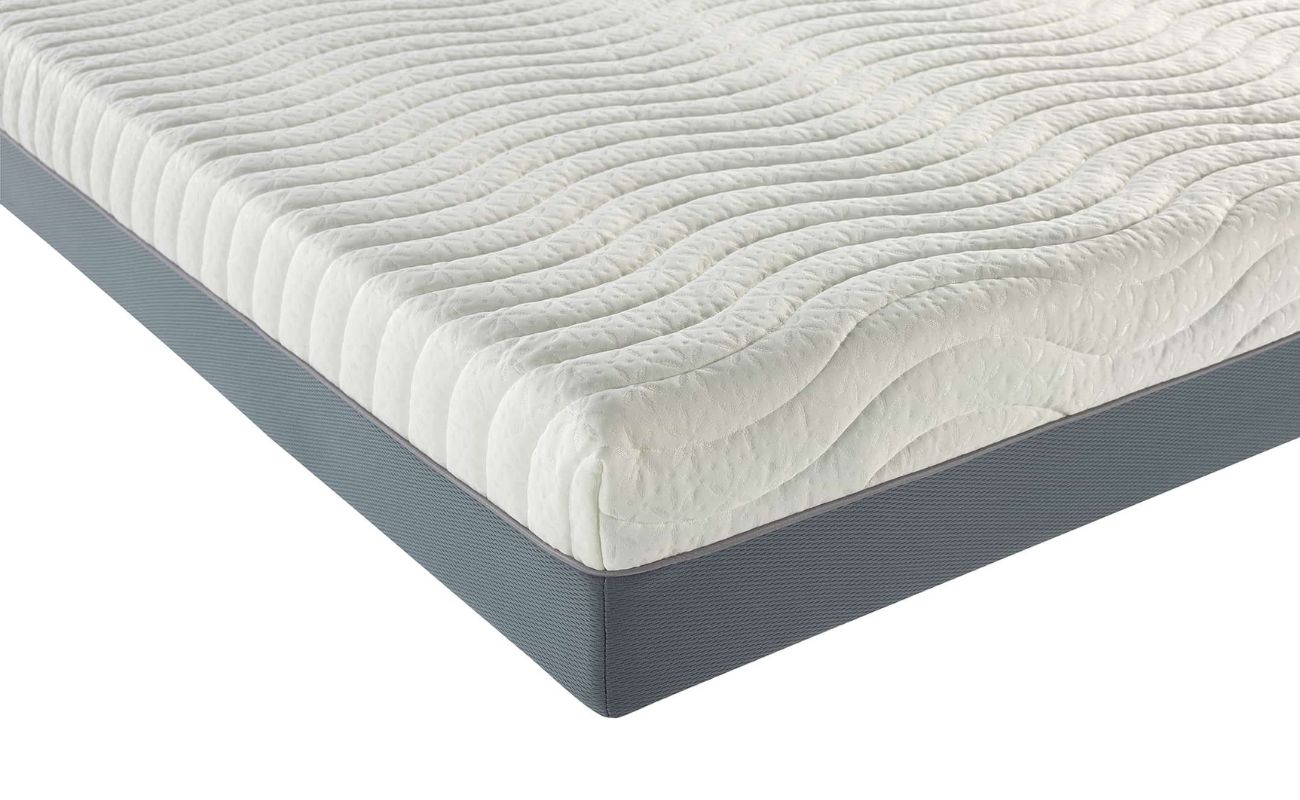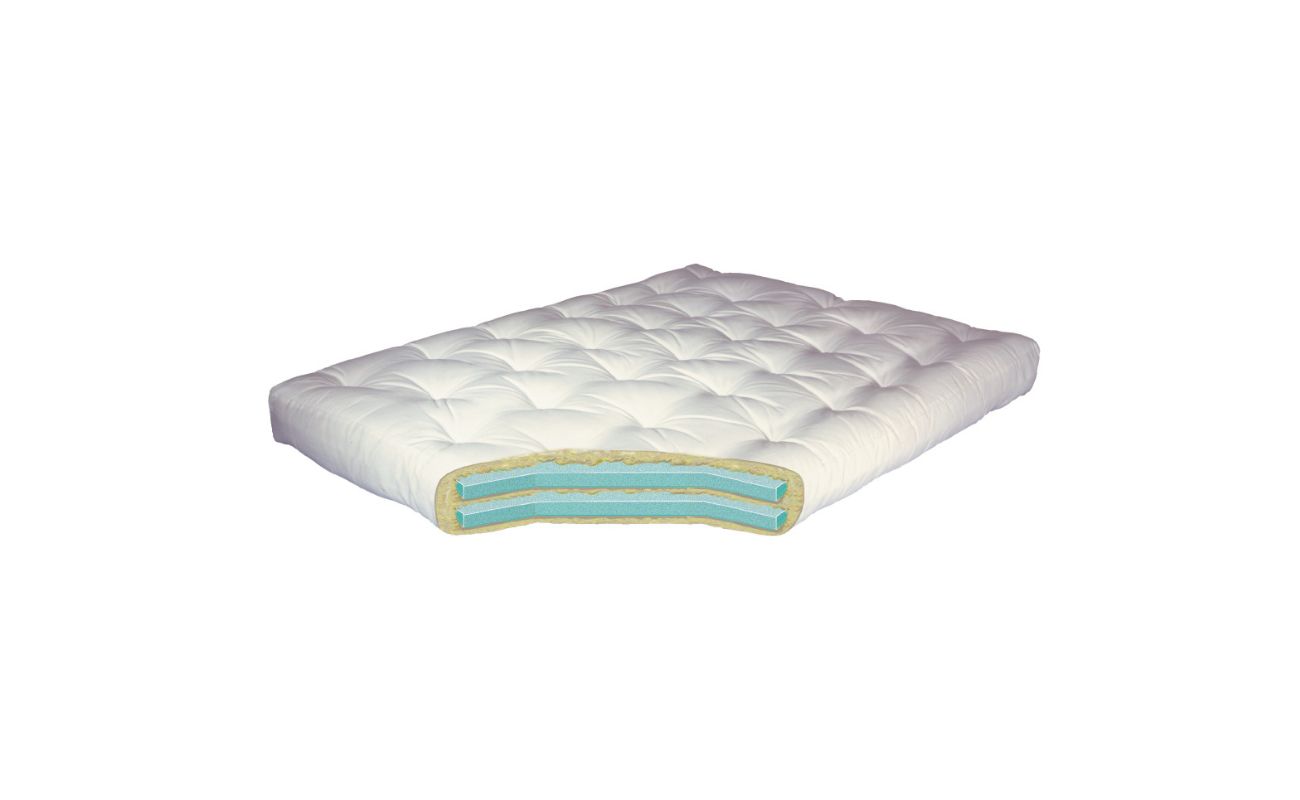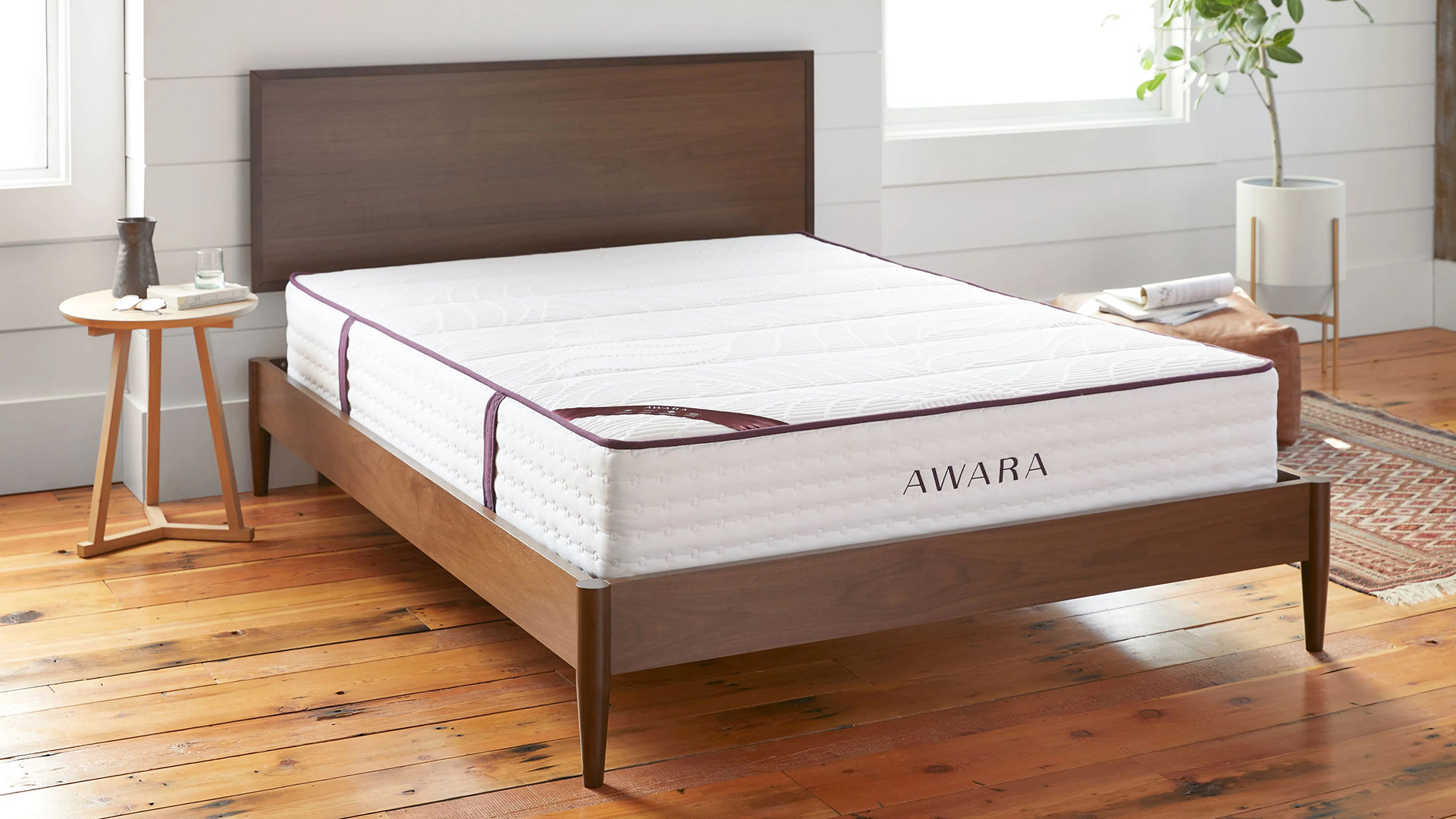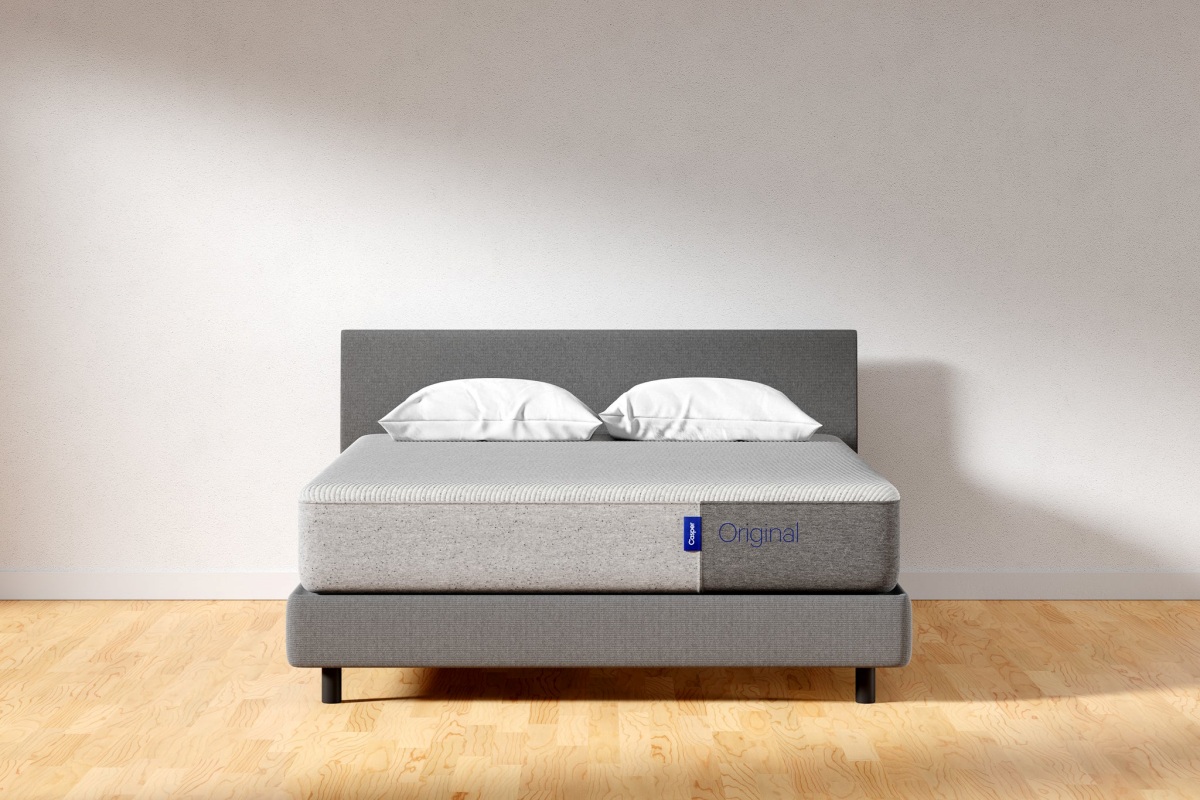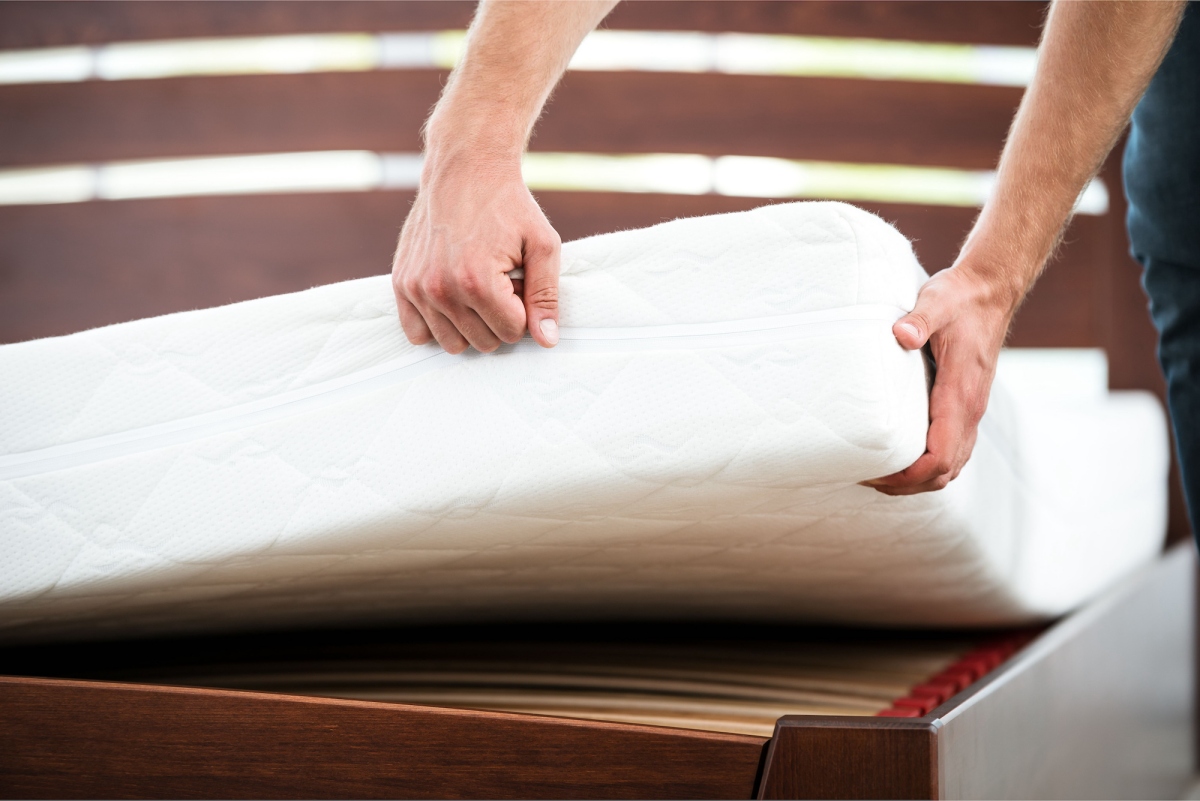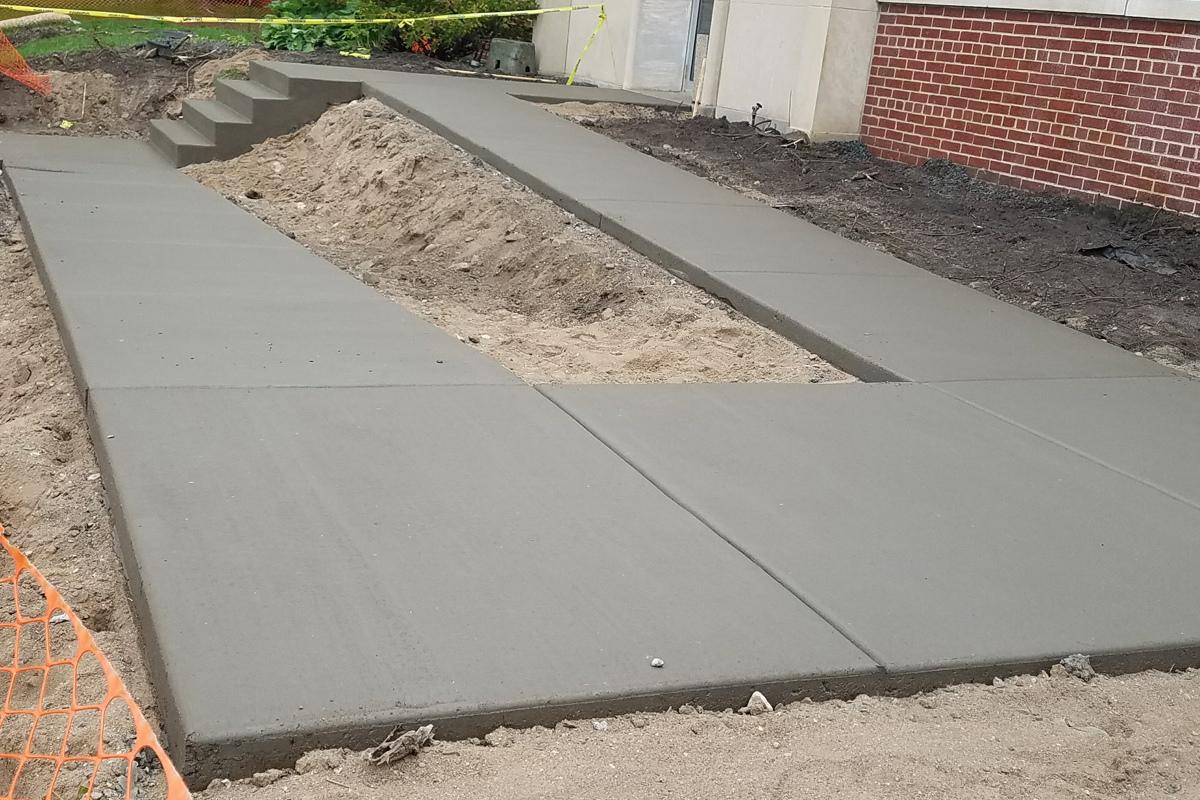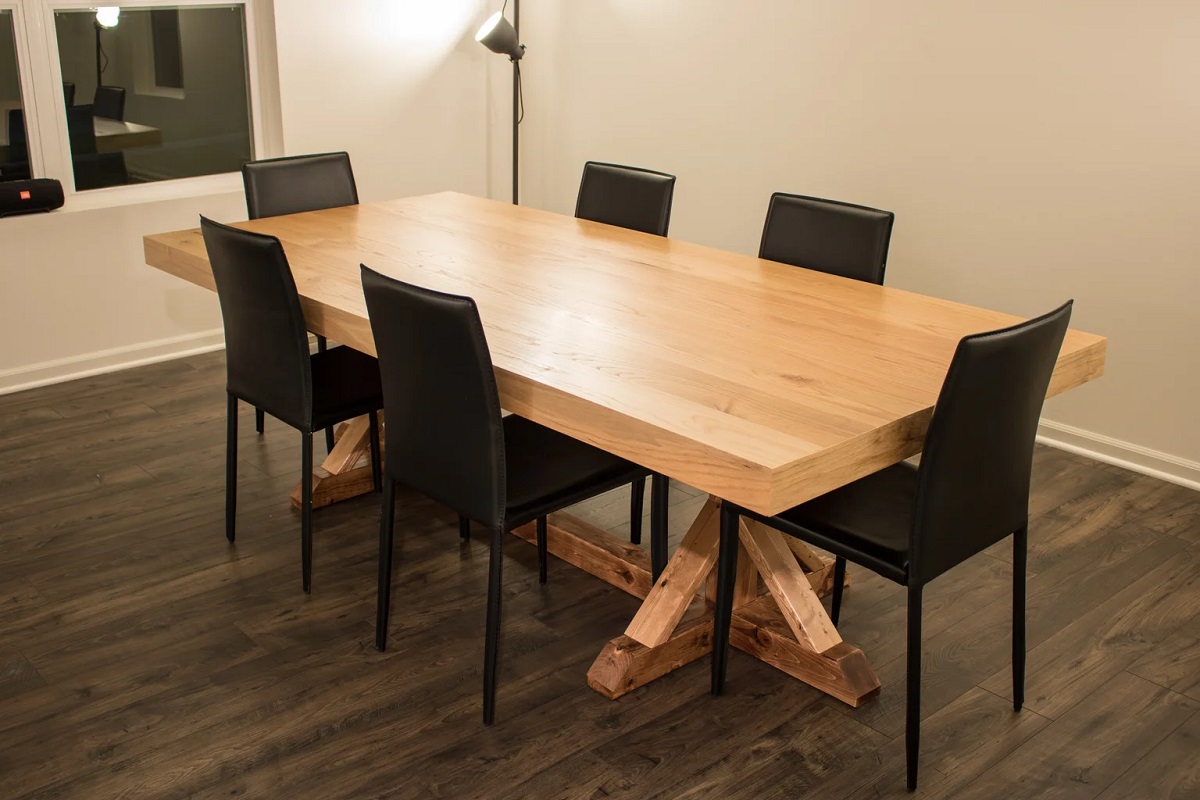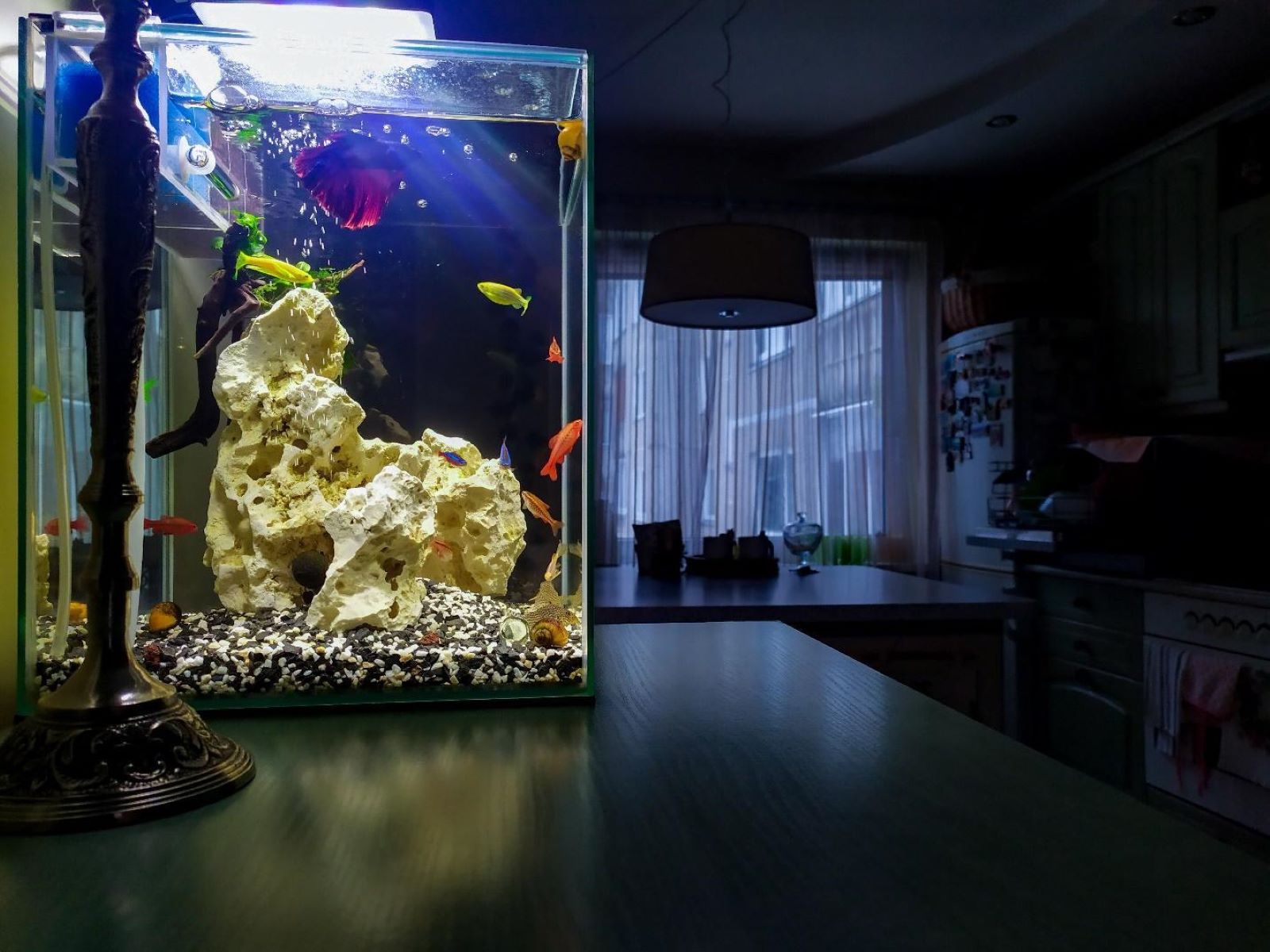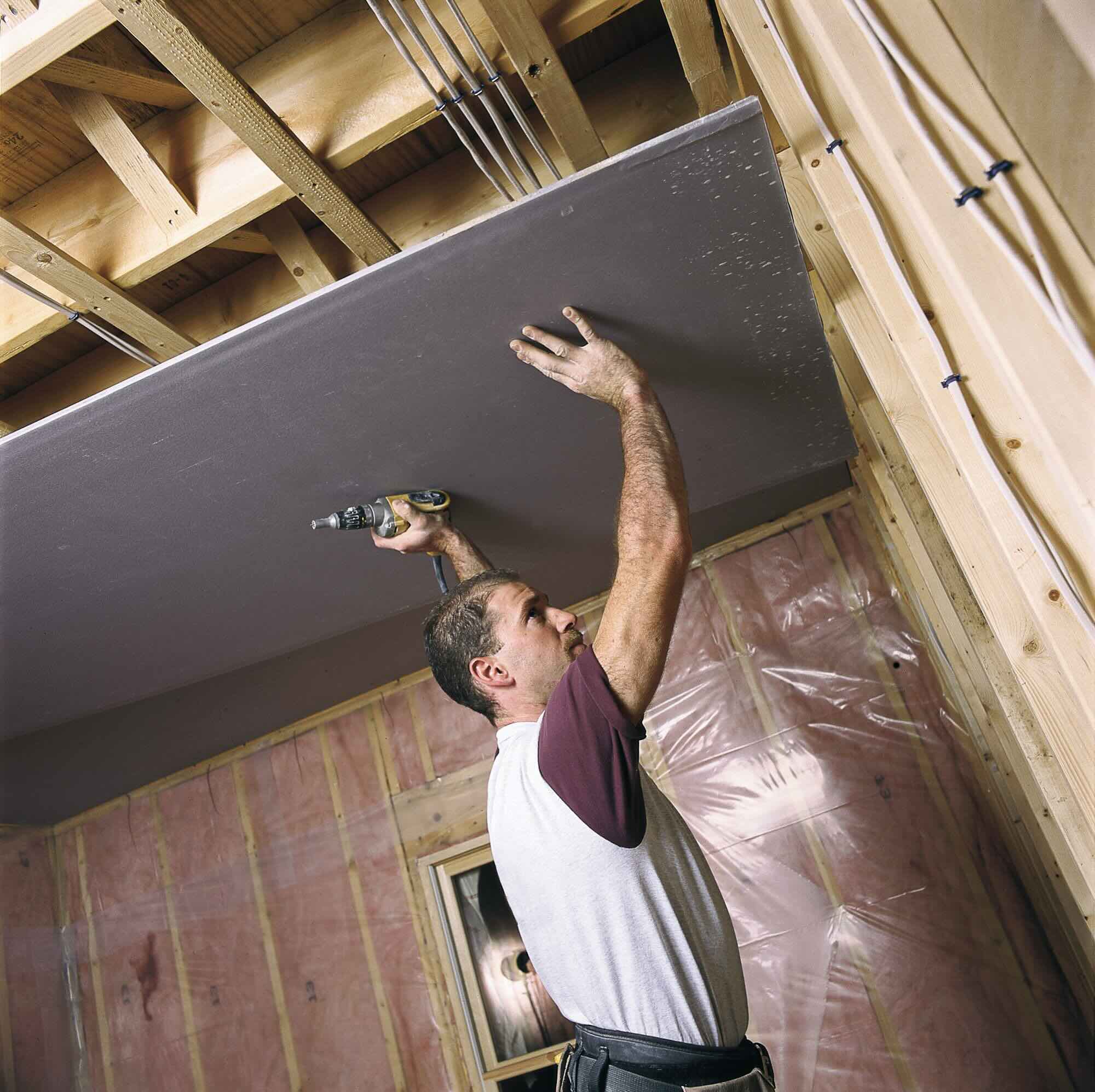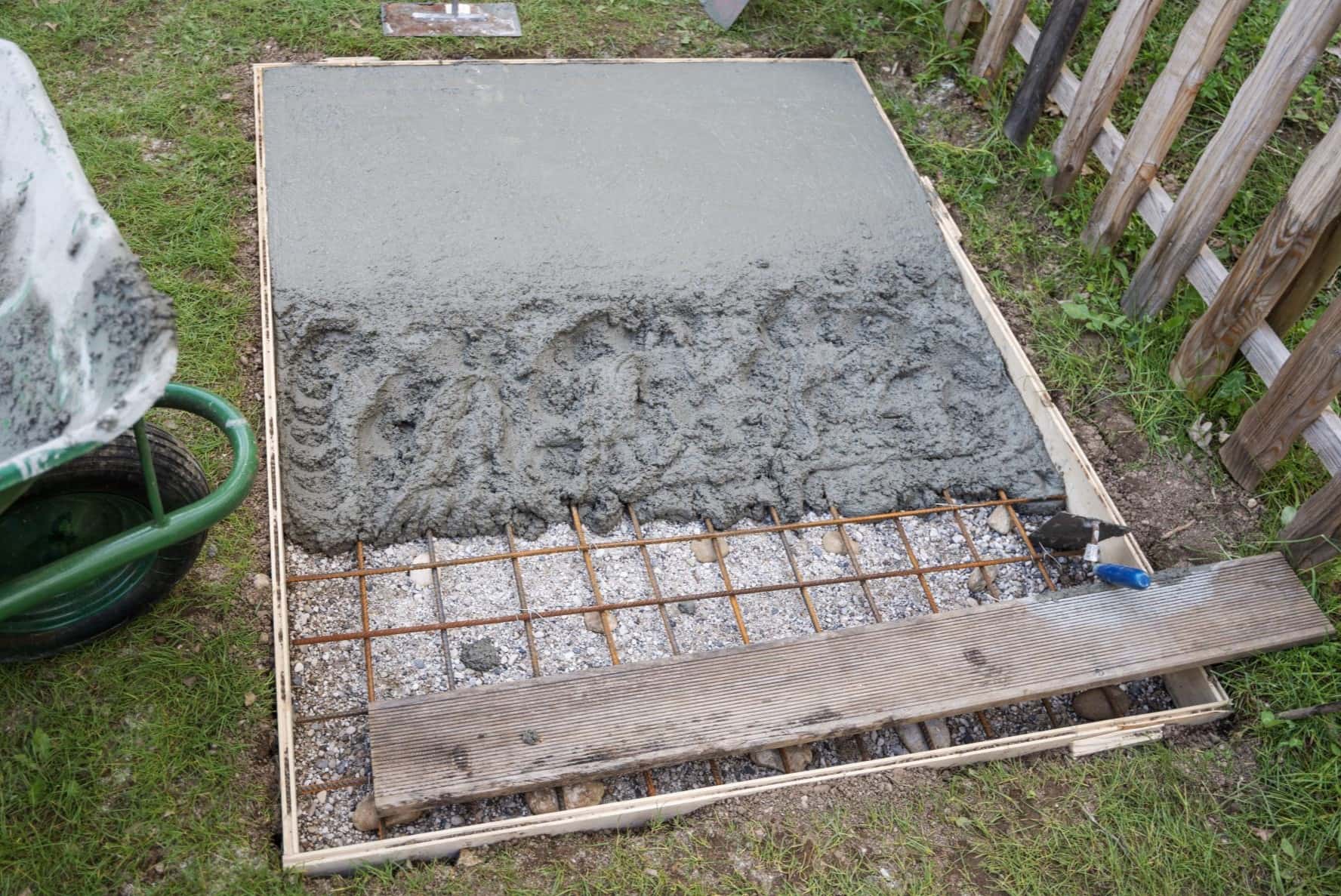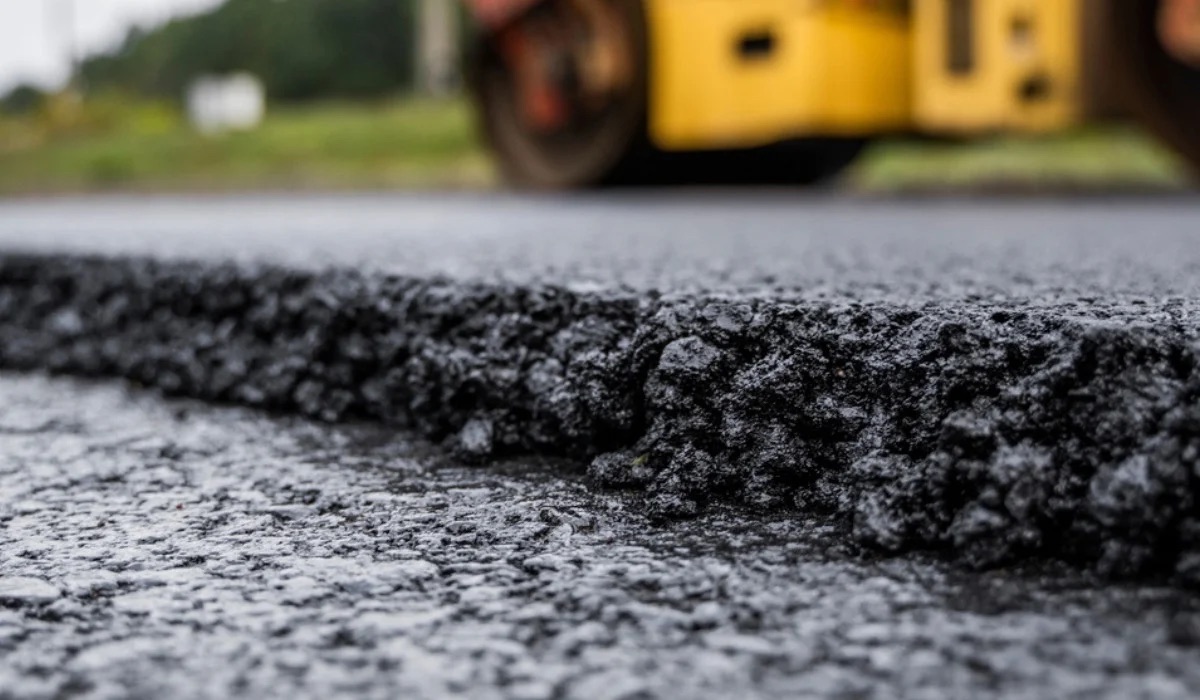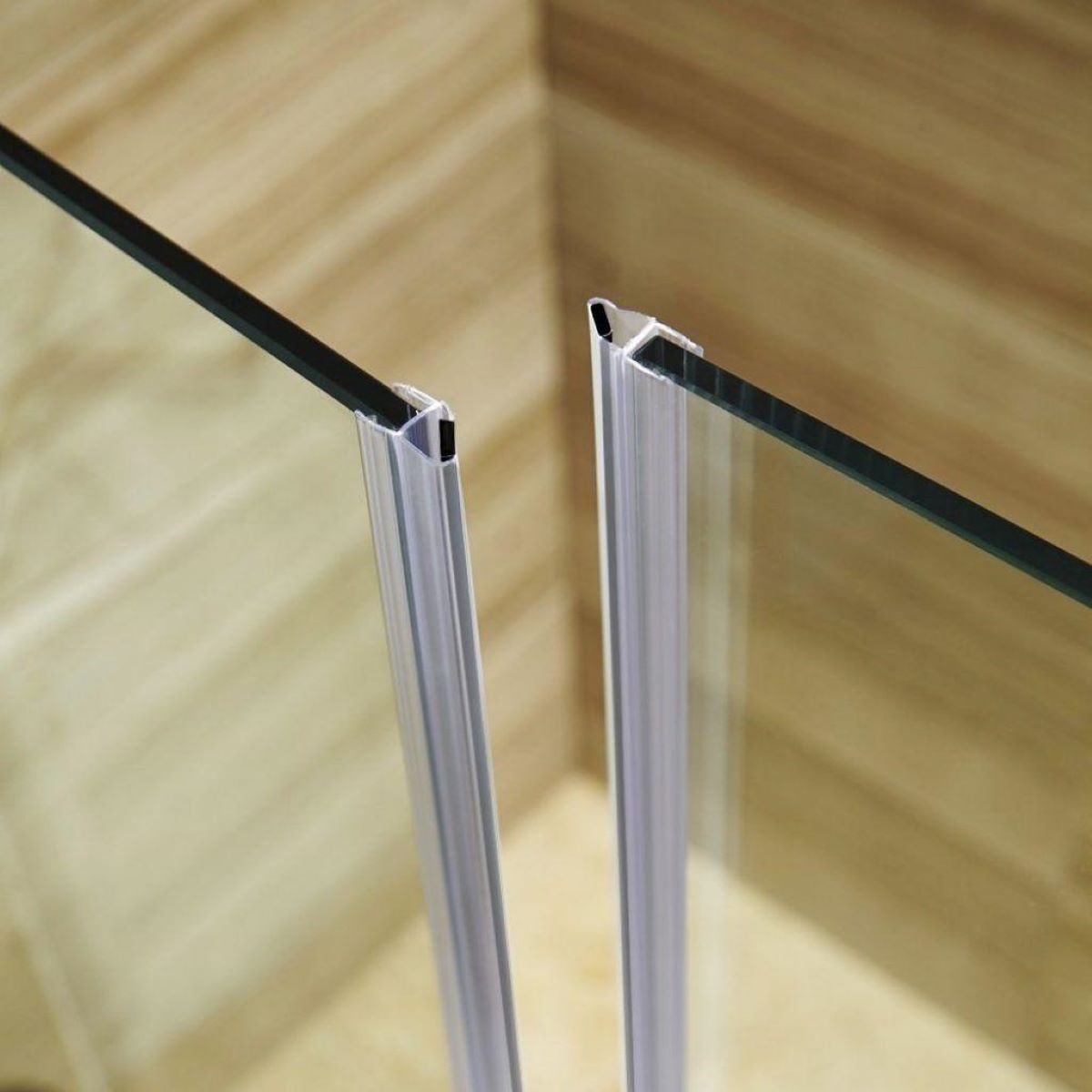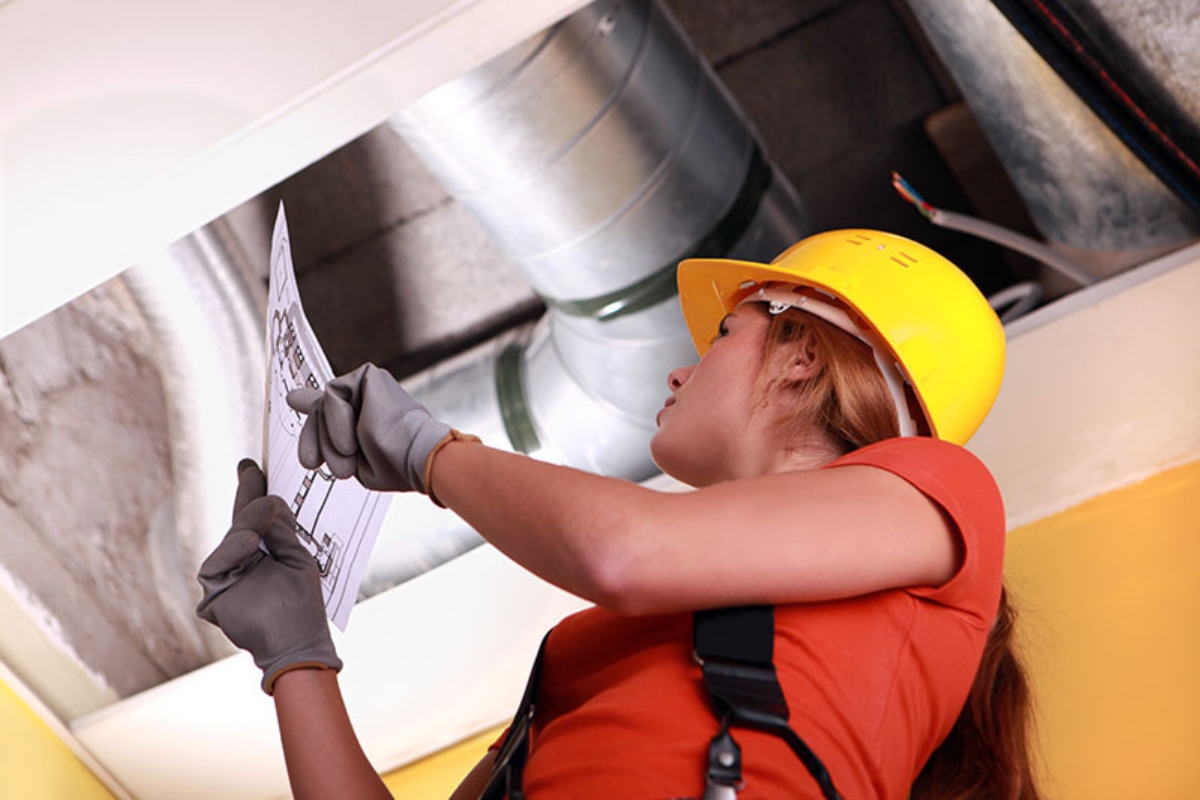Home>Furniture>Bedroom Furniture>How Thick Should A Bassinet Mattress Be
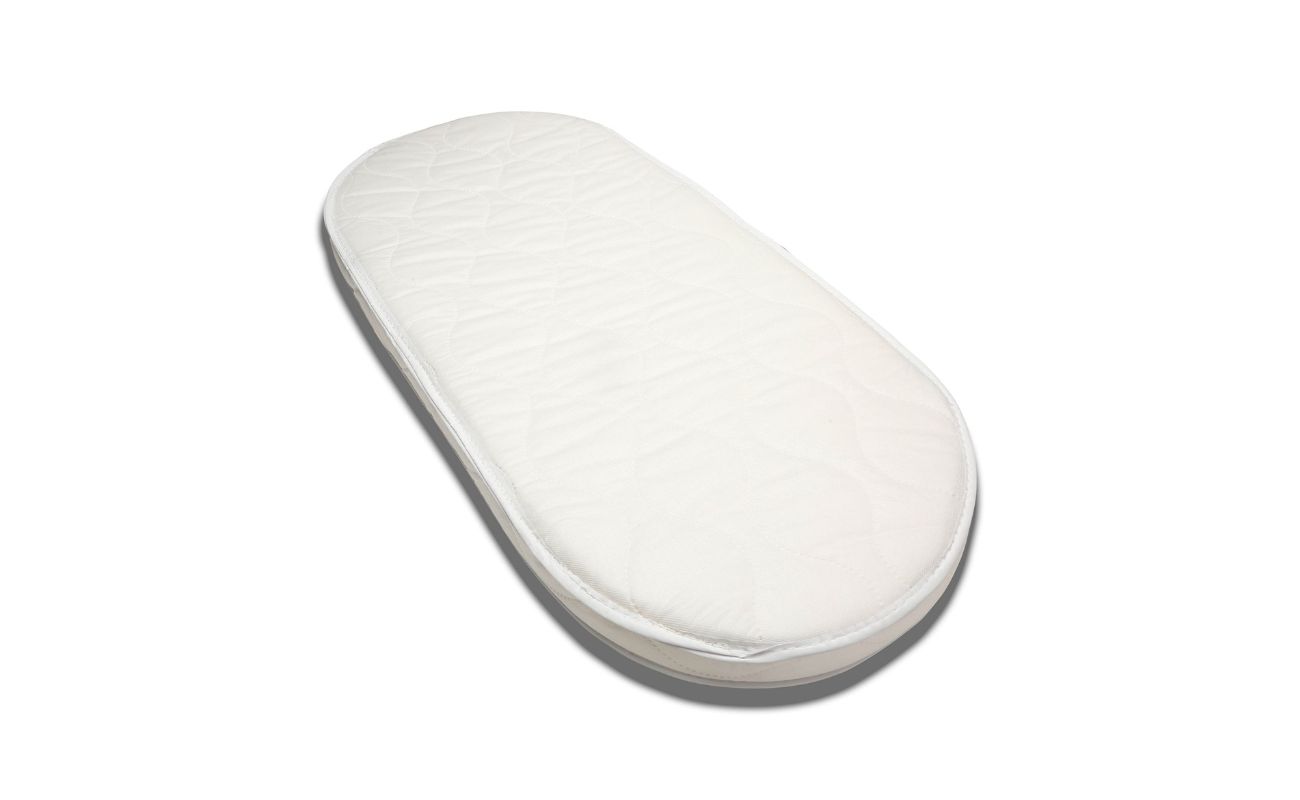

Bedroom Furniture
How Thick Should A Bassinet Mattress Be
Modified: February 25, 2024
Find out the perfect thickness for your bassinet mattress and create a comfortable sleeping space for your baby with our expert tips. Discover more bedroom furniture advice.
(Many of the links in this article redirect to a specific reviewed product. Your purchase of these products through affiliate links helps to generate commission for Storables.com, at no extra cost. Learn more)
Introduction
Welcome to our comprehensive guide on selecting the ideal thickness for a bassinet mattress. When it comes to creating a cozy and safe sleeping environment for your little one, choosing the right mattress thickness is crucial. A bassinet is a small, portable crib designed specifically for infants from birth to around 4 to 6 months of age. It provides a secure and comfortable space for your baby to sleep soundly, ensuring their well-being and peace of mind for parents.
While many factors contribute to the overall comfort of a bassinet, such as the type of materials used and the mattress’s firmness, the thickness of the mattress is of utmost importance. The right thickness not only supports your baby’s developing body but also promotes proper spinal alignment and overall sleep quality.
So, how thick should a bassinet mattress be? In this guide, we will explore the optimal thickness range, factors to consider, and potential risks associated with choosing an improper mattress thickness. Additionally, we will provide helpful tips on how to measure the thickness of a bassinet mattress accurately. By the end of this article, you will have all the knowledge you need to make an informed decision when it comes to selecting the perfect mattress thickness for your little one’s bassinet.
Key Takeaways:
- The ideal thickness for a bassinet mattress is crucial for proper support, spinal alignment, sleep quality, and safety. Aim for a thickness between 1 to 2 inches to ensure comfort and well-being for your baby.
- Factors such as age, weight, material composition, and safety standards should be considered when choosing the right thickness for a bassinet mattress. Accurate measurement and adherence to guidelines are essential for a safe and cozy sleep environment.
Read more: How To Wash Bassinet Mattress
Importance of Thickness in Bassinet Mattresses
The thickness of a bassinet mattress plays a critical role in ensuring your baby’s comfort, safety, and healthy development. Here are some key reasons why mattress thickness is essential:
- Proper Support: A bassinet mattress with sufficient thickness provides the necessary support for your baby’s growing body. Babies spend a significant amount of time sleeping, and a mattress that is too thin may not offer enough support, leading to discomfort and potential health issues.
- Spinal Alignment: The right thickness helps maintain proper spinal alignment for your baby. As their bodies are still developing, it is crucial to provide adequate support to prevent any misalignment that could lead to discomfort or potential long-term issues.
- Sleep Quality: A thicker mattress can contribute to better sleep quality for your little one. It helps minimize pressure points, allowing your baby to sleep peacefully and deeply, which is essential for their growth and development.
- Safety: A properly thick mattress helps reduce the risk of suffocation or entrapment. It ensures that there is enough space between the mattress and the bassinet’s sides, preventing your baby from getting wedged or trapped in a dangerous position.
While it is important to consider the thickness of a bassinet mattress, it is equally vital to ensure that it is not excessively thick. A mattress that is too thick can increase the risk of Sudden Infant Death Syndrome (SIDS) or suffocation if your baby’s face gets buried in the mattress.
Now that we understand the importance of mattress thickness, let’s delve into the recommended thickness range for bassinet mattresses in the next section.
Recommended Thickness for Bassinet Mattresses
When it comes to choosing the ideal thickness for a bassinet mattress, there is a recommended range that you should consider. Generally, a mattress thickness between 1 to 2 inches is suitable for most bassinets.
A mattress with a thickness of 1 to 1.5 inches tends to provide adequate support and comfort for newborns and younger infants. As babies grow and become more active, you may opt for a slightly thicker mattress, around 1.5 to 2 inches, to provide additional cushioning and support.
It’s important to note that while thickness is a crucial factor, the overall firmness of the mattress is equally significant. Bassinet mattresses should be firm to maintain a safe sleeping environment for your baby and reduce the risk of suffocation or SIDS.
When selecting a bassinet mattress, always check the manufacturer’s recommendations for the specific model you own. Some bassinets may have specific thickness requirements to ensure maximum safety and comfort.
Now that we know the recommended thickness range, let’s move on to explore the factors you should consider when choosing the right thickness for a bassinet mattress.
Factors to Consider When Choosing Bassinet Mattress Thickness
When deciding on the thickness of a bassinet mattress, there are several factors you should take into consideration:
- Age and Weight of Your Baby: The age and weight of your baby play a role in determining the appropriate thickness. Newborns and younger infants may benefit from a thinner mattress, while older and heavier babies may require a slightly thicker mattress for optimal support.
- Bassinets with Adjustable Heights: If your bassinet has adjustable height settings, consider how the mattress thickness will align with these settings. Ensure that the mattress remains at the correct height relative to the bassinet walls, even with different thicknesses.
- Material Composition: Different materials used in mattress construction can affect the perceived thickness. For example, a foam mattress might compress more than an innerspring mattress, making it appear thinner. Take this into account when assessing the desired thickness.
- Bassinet Safety Standards: It’s crucial to adhere to the safety standards specific to your region. Some countries have regulations regarding the recommended thickness for bassinet mattresses to ensure the safety and well-being of infants. Be sure to check these standards before making your selection.
- Personal Preference: Consider your own preferences and comfort levels when choosing the thickness of a bassinet mattress. While it is important to prioritize your baby’s safety and comfort, finding a balance with your own preferences can also contribute to a pleasant caregiving experience.
By considering these factors and finding the right balance between safety, comfort, and personal preferences, you can confidently choose the ideal thickness for your baby’s bassinet mattress.
Next, let’s discuss the potential risks that can arise from selecting an improper bassinet mattress thickness.
A bassinet mattress should be between 1-2 inches thick to provide a safe and comfortable sleeping surface for your baby. It should also fit snugly in the bassinet to prevent any gaps where the baby could get trapped.
Potential Risks of Improper Bassinet Mattress Thickness
Choosing an improper thickness for a bassinet mattress can pose certain risks to your baby’s safety and overall well-being. Here are some potential risks to be aware of:
- Discomfort: An improperly thick mattress may cause discomfort for your baby. If the mattress is too thin, it may not offer adequate support, resulting in an uncomfortable sleeping surface. Likewise, a mattress that is excessively thick can lead to discomfort or restless sleep.
- Unsafe Sleeping Environment: A mattress that is too thin can increase the risk of suffocation or entrapment. If the mattress does not provide enough height or support, your baby’s face could press against the bassinet’s sides or bedding, posing a potential suffocation hazard.
- Improper Spinal Alignment: A mattress that is either too thin or too thick can impact your baby’s spinal alignment. Insufficient support can lead to poor posture and potential long-term issues, while excessive thickness can cause unnatural spinal curvature.
- SIDS Risk: Choosing a mattress that is excessively thick increases the risk of Sudden Infant Death Syndrome (SIDS). A mattress that is too thick can create an environment where your baby’s face gets buried, hindering their ability to breathe properly.
- Incompatibility with Bassinet: Some bassinet models have specific thickness requirements to ensure safety and functionality. Using a mattress that does not meet these requirements may result in an ill-fitting mattress that compromises the bassinet’s stability or poses other risks.
To mitigate these risks, it is essential to carefully choose a bassinet mattress that falls within the recommended thickness range and complies with safety standards. Taking the time to research and consider these factors will help create a safe and comfortable sleep environment for your baby.
Now that we understand the potential risks, let’s explore how to measure the thickness of a bassinet mattress accurately.
Read more: What Thickness Mattress Topper Should I Get
How to Measure the Thickness of a Bassinet Mattress
Measuring the thickness of a bassinet mattress accurately is crucial to ensure you select the right mattress for your baby’s comfort and safety. Here are the steps to follow when measuring the thickness:
- Gather the Required Tools: You will need a measuring tape or ruler to accurately measure the thickness of the mattress. Ensure the measuring tool is long enough to span the entire width of the mattress.
- Remove the Bedding: Take off any bedding or coverings from the mattress so that you can measure the actual thickness of the mattress itself.
- Position the Mattress Flat: Place the mattress on a flat surface, ensuring it is completely flat and not tilted or angled in any way. This will provide an accurate measurement of the mattress’s thickness.
- Measure the Thickness: Starting from one end of the mattress, use the measuring tape or ruler to measure the height from the surface to the highest point of the mattress. Be sure to hold the measuring tool perpendicular to the surface for an accurate measurement.
- Repeat the Measurement: To ensure accuracy, measure the thickness at different points along the mattress. This will account for any variations in thickness that may occur due to manufacturing or wear and tear.
- Record the Measurement: Once you have obtained the measurements, record the average thickness of the mattress. This will help you when selecting a new mattress or comparing with the recommended thickness range.
By following these steps and accurately measuring the thickness, you can make an informed decision when choosing a new bassinet mattress or assessing the thickness of an existing one.
As a final note, always refer to the manufacturer’s guidelines and safety standards to ensure you adhere to any specific requirements or recommendations regarding mattress thickness for your bassinet.
Now that we have explored how to measure the thickness, let’s conclude our guide on choosing the ideal thickness for a bassinet mattress.
Conclusion
When it comes to selecting the perfect bassinet mattress, the thickness is a crucial factor to consider. By choosing the right thickness, you can provide your baby with a comfortable and safe sleeping environment that promotes proper development and restful sleep.
It is generally recommended to choose a bassinet mattress with a thickness between 1 to 2 inches, ensuring adequate support and spinal alignment. However, factors such as your baby’s age and weight, adjustable height settings of the bassinet, and personal preference should be taken into account.
While selecting the appropriate thickness, it is important to prioritize safety. Ensure that the mattress adheres to the safety standards specific to your region and does not pose a suffocation risk.
Measuring the thickness of a bassinet mattress accurately is also crucial. By following the proper steps and recording the measurements, you can make comparisons and choose the best mattress for your little one’s bassinet.
Remember, the comfort and well-being of your baby should be the top priority when selecting a bassinet mattress. Take the time to research, consider the recommendations, and consult the manufacturer’s guidelines to make an informed decision.
We hope this comprehensive guide has provided you with valuable insights on the importance of mattress thickness, the recommended range, factors to consider, potential risks, and proper measurement techniques. By applying this knowledge, you can ensure the perfect sleep environment for your baby, keeping them safe, comfortable, and well-rested.
Here’s to peaceful and restful nights for both you and your little one!
Frequently Asked Questions about How Thick Should A Bassinet Mattress Be
Was this page helpful?
At Storables.com, we guarantee accurate and reliable information. Our content, validated by Expert Board Contributors, is crafted following stringent Editorial Policies. We're committed to providing you with well-researched, expert-backed insights for all your informational needs.
